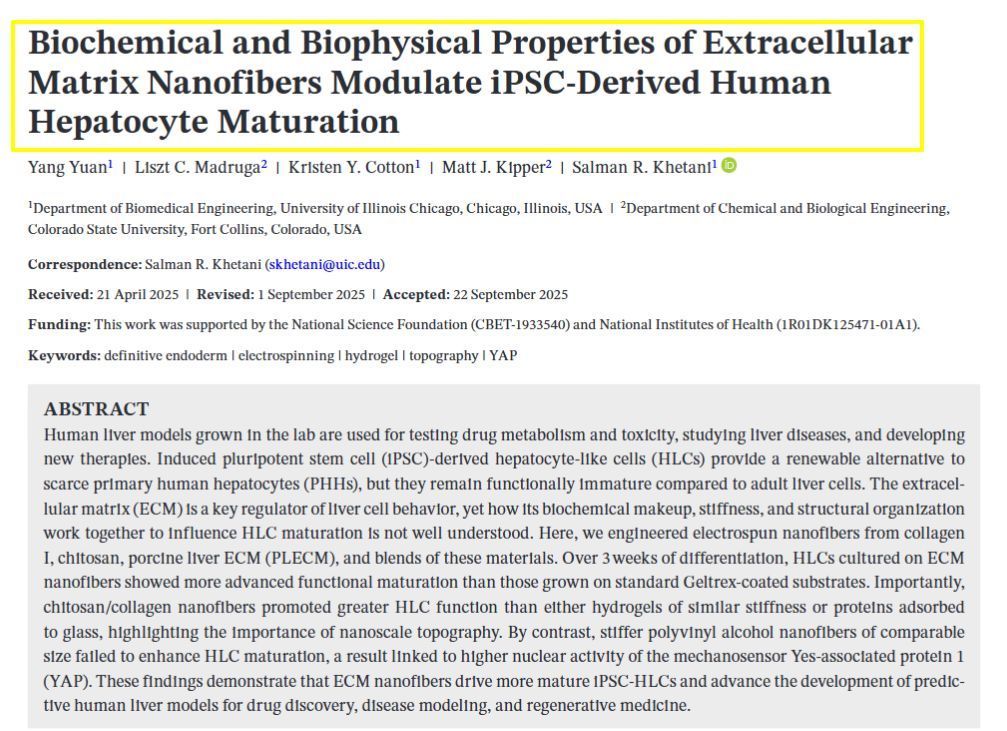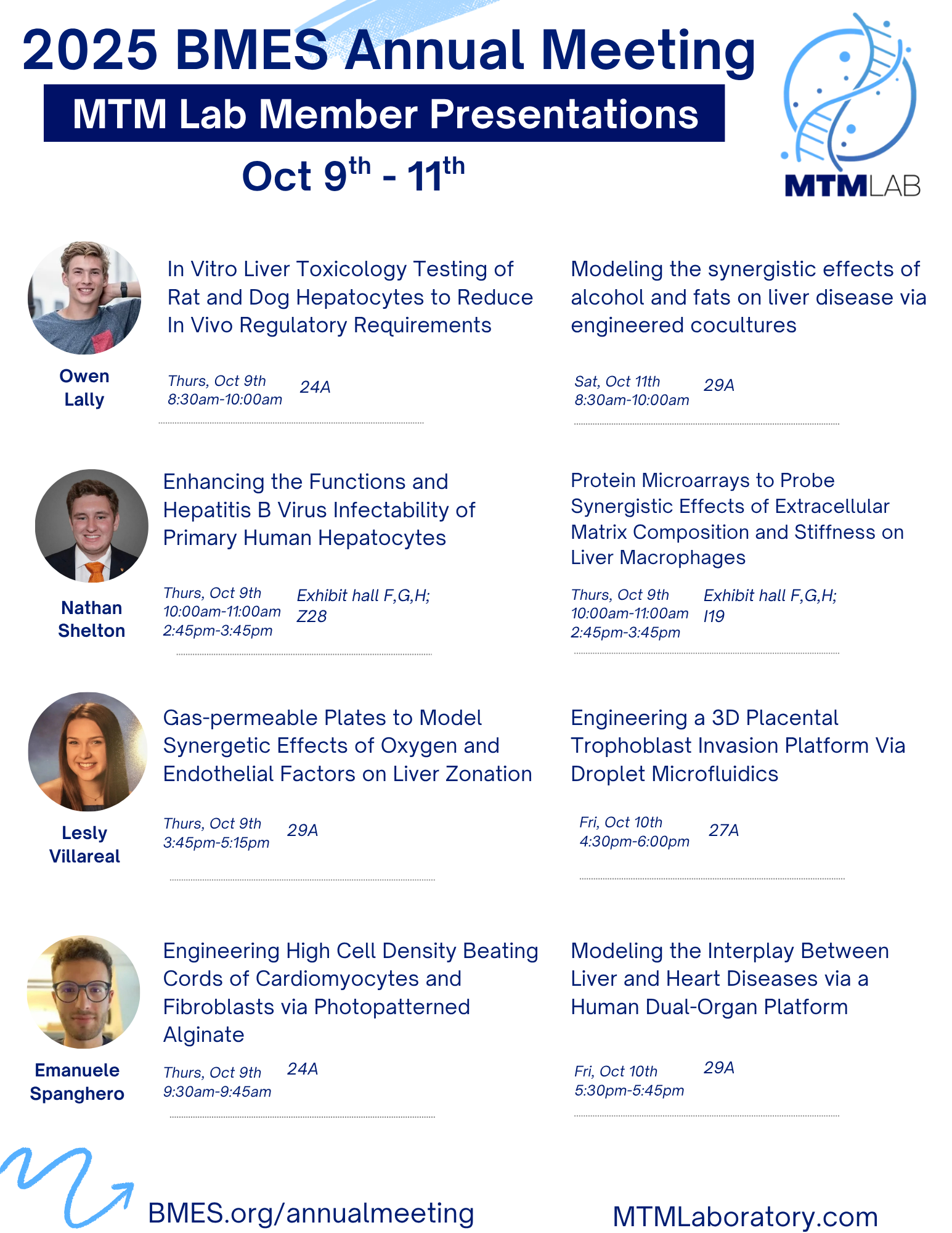Introduction to Histology: A Primer on the Study of Tissue Structures
Histology, often referred to as microscopic anatomy, is the branch of biology focused on the detailed study of the structures of cells and tissues of organisms. This scientific investigation at the microscopic level encompasses various types of tissues including muscle, nervous tissue, epithelial tissue, and connective tissue. The comprehensive analysis through histological techniques reveals not just the static image of tissue architecture, but also gives insight into the dynamic processes and functions that maintain living organisms.
To understand the complexities of human biology and the intricacies of various life forms, histology examines cells—the basic unit of life—and the way they work together to form tissues. By using specialized staining techniques and advanced imaging technologies, histologists can differentiate and visualize cell types and tissue structures, which provides a deeper understanding of how these biological components interact and influence overall organismal function.
The significance of histology lies in its applicability across several domains including medical diagnostics, education, and research. By examining the minute structure of tissues, often in diseased states, histologists can aid in the diagnosis and understanding of diseases, contributing to the development of treatments and preventive measures. It serves as a bridge between the molecular and cellular biology and the classical anatomy, enabling researchers to answer foundational questions concerning the form and function of living organisms.



